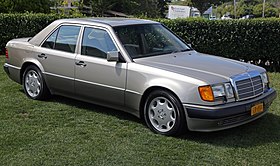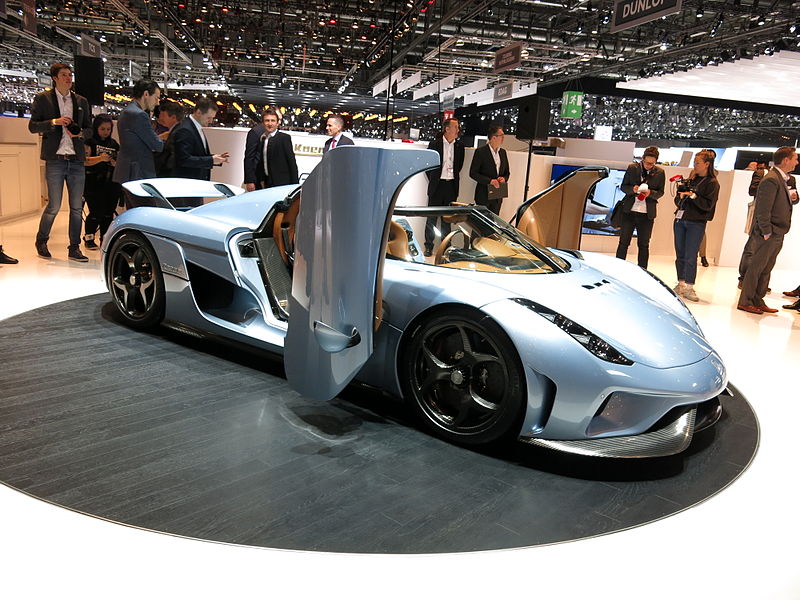 |
| Source: wikipedia.com |
At times of tight financial, Porsche faced a conundrum: drop in sales. What Mercedes got anything to do with it? Well, it had nothing to do with the drop in sales, but rather Porsche knocked at Mercedes door to strike a deal to help them in manufacturing the performance version of Mercedes W124 sedan, known as the 500E. Though still bearing the 3 pointed-star badge, this sleeper is essentially a Mercedes with Porsche's fingerprint.
Though Mercedes had a say on what had to be done to the car, it was Porsche who worked their magic in assembling the mechanical bits.
Plonked under the bonnet was a 5 litre naturally aspirated V8 which was fished out from the 500SL roadster and dropped off at Rossle Bau for Porsche to plonk it into the 500E engine bay; the rear suspension received upgrade from Porsche. While the gaffes at Rossle Bau busied themselves with the technicals, Mercedes dealt their deft touch with a coat of paint. Finally, the car was shuttled back to Porsche for the final assembly.
Plonked under the bonnet was a 5 litre naturally aspirated V8 which was fished out from the 500SL roadster and dropped off at Rossle Bau for Porsche to plonk it into the 500E engine bay; the rear suspension received upgrade from Porsche. While the gaffes at Rossle Bau busied themselves with the technicals, Mercedes dealt their deft touch with a coat of paint. Finally, the car was shuttled back to Porsche for the final assembly.
The result? A bonkers fast performance sedan that can rip off the tarmac with aplomb (well, not literally) to satisfy the need for speed amongst the testosterone-laden hamfisted hooligans (326 worth of ponies, not bad sir!), while its leather-trimmed seats made for a comfortable cruiser (good for a family day out, or for excursion to a fancy restaurant with your significant others).
Luxurious from the outside, a fire-breathing dragon sleeping underneath waiting to unleash its wrath, a dragon in tuxedo skin.
